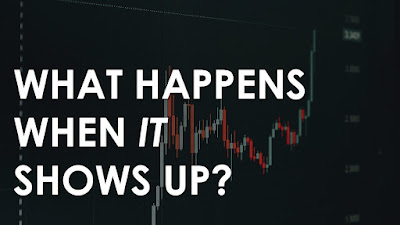What the
C-Suite Really Wants. And How Marketing Delivers It
Growth is
exciting. Until it breaks things.
Suddenly, leads
outpace capacity.
Customer service buckles.
Sales can’t follow up.
And ops can’t deliver fast enough.
The problem
isn’t growth. It’s uncontrolled growth.
And marketing, done right, brings the structure that turns chaos into
compounding.
1. Marketing
Provides Scalable Infrastructure
Growth
isn’t just about “getting more” — it’s about managing it well.
Marketing builds the tools and systems that make that possible:
- CRM
- Email
workflows
- Segmentation
strategies
- Automated
nurturing
This allows you to scale with precision, not panic.
2. Brand
Awareness Smooths Out the Peaks and Valleys
You don’t need
to constantly chase customers when they already know you.
Brand awareness creates a steady stream of inbound interest, making
revenue more predictable and less spiky.
3. Insights
from Marketing Data Keep You Grounded
Marketing gives
you real-time data on what’s working and where friction lies.
With the right dashboard, you know which segments are responding, which
channels are converting, and where to double down (or back off).
4. Systems
Reduce Dependence on Heroics
If your growth
depends on sales heroes or founder charisma, it’s not scalable.
Marketing brings the repeatability and structure that let the business grow without
burning out the team.
5. You Can’t
Optimize What You Can’t Measure
From campaign
attribution to content performance, marketing creates the feedback loop
you need to adjust fast without flying blind.
In Summary:
Growth without
control is a liability.
Marketing gives your business the systems, signals, and structure to grow
with intention and stay in command.
Let us help. Call us now at +60378901079 or visit us at roar-point.com
















